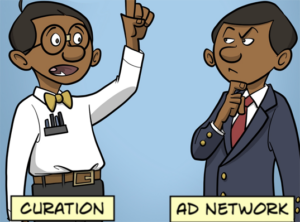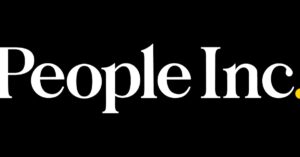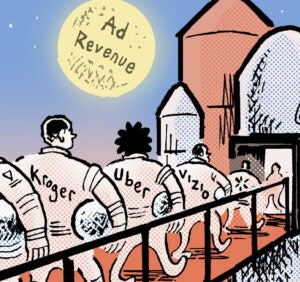This week on the podcast, a rare specimen: the fast-growing, diversified media business.
Complex Networks’ portfolio of brands includes its flagship Complex, sneaker-themed Sole Collector and foodie site First We Feast. It creates YouTube hit Hot Ones, in which celebs answer questions while eating hot wings, along with other shows. Revenue springs from many sources – events, licensing, branded content, merchandise and ads – to the tune of about $200 million this year, according to Business Insider.
This week on the AdExchanger Talks podcast, President Christian Baesler talks in depth about each of these areas.
“A lot of platforms in the past have focused on scale,” Baesler says. “Our main focus has been engagement.”
Complex’s live events strategy illustrates its approach to engagement. Each year in Long Beach, CA, ComplexCon draws 60,000 people who pay upward of $100 a ticket to attend panels and expo, occupied by 150 brands ranging from Adidas to Netflix. Collectively, they spend $30 million while there.
Complex also obsesses over making its branded content actually work well.
“Our question as a company is, how do you build IP? How do you build something that has evergreen value that we’re proud of producing?” Baesler says. “We’ve been successful creating what could be deemed branded content but in a way the consumer wouldn’t necessarily identify as such.”
Only about 50% of Complex’s revenue comes from ads. That revenue is spread across owned and operated media as well as distributed sites and apps such as YouTube, Facebook, Roku, Snap and Hulu. “Depending on one or two partners to an unreasonable degree is not a really good business strategy,” Baesler says. “There’s a big opportunity to work with all those partners in a specific or limited way.”
Programmatic is about 10-20% of total company revenue, but is of increasing importance, Baesler says.
“As the programmatic market becomes more mature, we don’t see any degrading [of prices]. If anything it goes up because there’s more targeting.”














